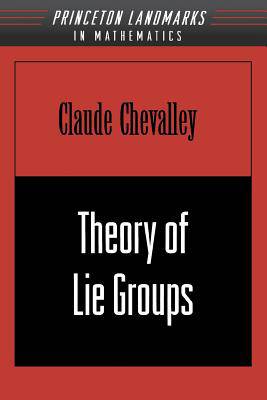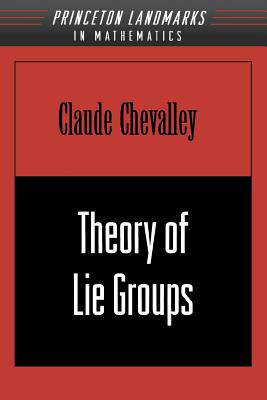
- Retrait gratuit dans votre magasin Club
- 7.000.000 titres dans notre catalogue
- Payer en toute sécurité
- Toujours un magasin près de chez vous
- Retrait gratuit dans votre magasin Club
- 7.000.0000 titres dans notre catalogue
- Payer en toute sécurité
- Toujours un magasin près de chez vous
159,95 €
+ 319 points
Format
Description
This famous book was the first treatise on Lie groups in which a modern point of view was adopted systematically, namely, that a continuous group can be regarded as a global object. To develop this idea to its fullest extent, Chevalley incorporated a broad range of topics, such as the covering spaces of topological spaces, analytic manifolds, integration of complete systems of differential equations on a manifold, and the calculus of exterior differential forms.
The book opens with a short description of the classical groups: unitary groups, orthogonal groups, symplectic groups, etc. These special groups are then used to illustrate the general properties of Lie groups, which are considered later. The general notion of a Lie group is defined and correlated with the algebraic notion of a Lie algebra; the subgroups, factor groups, and homomorphisms of Lie groups are studied by making use of the Lie algebra. The last chapter is concerned with the theory of compact groups, culminating in Peter-Weyl's theorem on the existence of representations. Given a compact group, it is shown how one can construct algebraically the corresponding Lie group with complex parameters which appears in the form of a certain algebraic variety (associated algebraic group). This construction is intimately related to the proof of the generalization given by Tannaka of Pontrjagin's duality theorem for Abelian groups. The continued importance of Lie groups in mathematics and theoretical physics make this an indispensable volume for researchers in both fields.Spécifications
Parties prenantes
- Auteur(s) :
- Editeur:
Contenu
- Nombre de pages :
- 232
- Langue:
- Anglais
- Collection :
Caractéristiques
- EAN:
- 9780691049908
- Date de parution :
- 10-01-00
- Format:
- Livre broché
- Format numérique:
- Trade paperback (VS)
- Dimensions :
- 152 mm x 228 mm
- Poids :
- 272 g

Les avis
Nous publions uniquement les avis qui respectent les conditions requises. Consultez nos conditions pour les avis.






